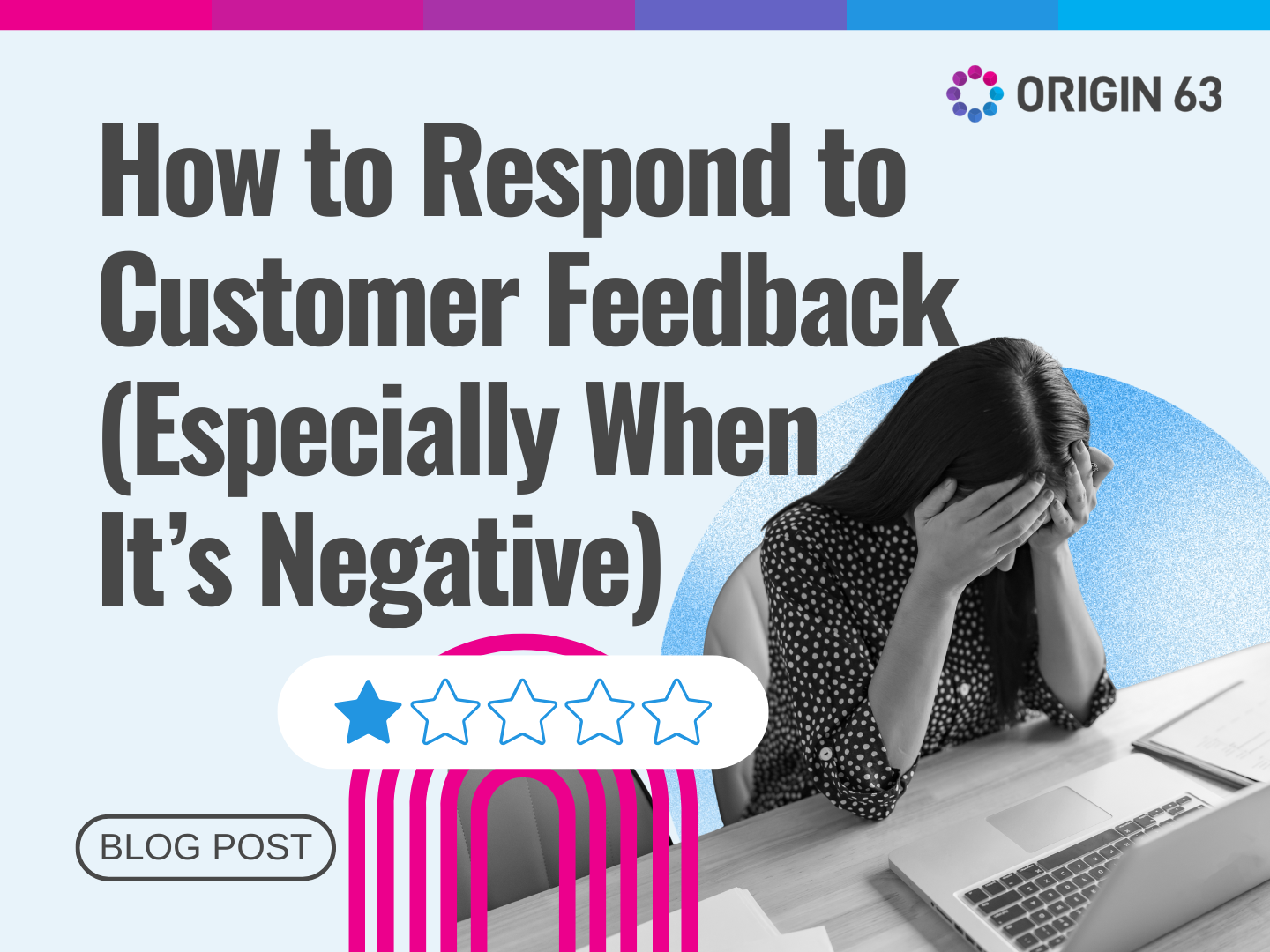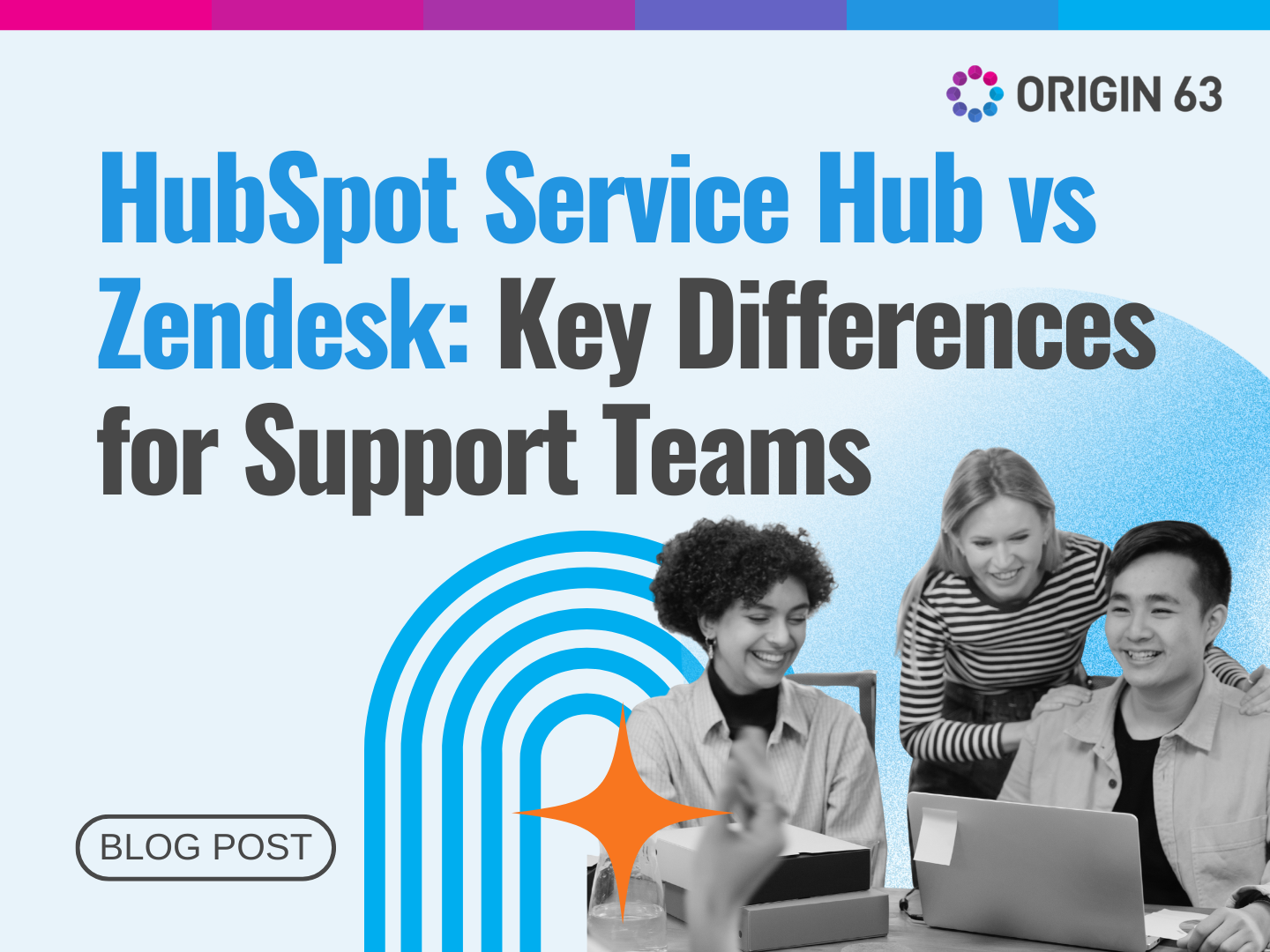Service in manufacturing often gets slowed down because tickets, parts requests, and schedules live in different systems. Reps spend more time chasing information than helping customers.
When systems don’t talk to each other, requests get missed, updates are delayed, and partners lose trust. What should be a simple fix becomes a bottleneck that hurts both efficiency and relationships.
This blog will show how a unified CRM for manufacturing changes that. You’ll see how HubSpot Service Hub helps manufacturers connect tickets, parts, and communication into one system, making service faster, smarter, and more reliable.
The Cost of Disconnected Service

When service processes live in separate systems, things get messy fast. Tickets, parts requests, and schedules don’t line up, which slows down your team and frustrates partners. Here’s how it hurts manufacturers:
1. Slow Responses
If tickets are logged in one system but schedules sit in another, reps waste valuable time switching between tools or calling the office for updates.
Instead of focusing on solving customer issues, they’re stuck piecing together details from different places. You’ll see slower response times and customers who feel like they’re waiting forever for help.
2. Lost or Forgotten Tickets
Without a single system to track every request, it’s easy for tickets to fall through the cracks. A dealer might log a repair request, but if it isn’t connected to the right workflow or assigned to the right rep, no one follows up.
Customers end up sending multiple reminders, which makes your business look disorganized and unreliable.
3. Wrong Parts, Wrong Time
When service requests aren’t tied directly to parts management, reps often arrive on-site without the right spare parts. This means wasted trips, higher costs, and delays for the customer.
It also puts more pressure on your inventory and scheduling teams, who now have to rework everything to catch up. Over time, these mistakes damage your reputation.
4. Damage to Trust
Customers and distributors judge your business by how quickly and smoothly you respond to their needs. If they experience repeated delays, missing parts, or unanswered tickets, they begin to look elsewhere.
43% of customers said that poor service discouraged them from buying from a brand again. Every failed interaction doesn’t just risk the current deal. It risks the long-term relationship.
What a Unified CRM Looks Like
A unified CRM brings all your service processes together in one system. Instead of juggling tickets in one place, schedules in another, and parts lists in a spreadsheet, everything lives on a single platform that’s easy to track and update.
1. One Record for Every Customer

With a unified CRM, every customer interaction is stored in one record with a clear timeline. Service reps don’t need to dig through emails or switch between systems to figure out what happened last time.
They can see tickets, parts orders, and even sales activity all in one view. This helps reps prepare before a visit and respond with confidence. Customers also feel the difference because they don’t have to repeat the same information each time they call.
2. Shared View for the Whole Team
Disconnected systems often mean different teams have different information, which leads to confusion and delays. A unified CRM solves this by giving service, operations, and sales the same data in real time.
For example, when a ticket is opened, the parts team can see what’s needed right away, while the distributor gets updates without waiting for a separate message. Everyone works from the same playbook, which reduces errors and makes the process smoother for the customer.
3. Faster, More Reliable Service
When tickets, schedules, and parts requests flow through one system, delays shrink and customers notice the difference. Reps show up with the right parts, managers can monitor progress, and distributors get clear updates.
Instead of scrambling to fix problems, the service team runs like a well-oiled machine. This reliability builds trust, and over time, it becomes a competitive advantage that sets you apart from manufacturers still relying on disconnected tools.
How HubSpot Service Hub Unifies Service and Ops
HubSpot Service Hub gives manufacturers a single system that connects tickets, parts, schedules, and communication. Instead of chasing updates across different tools, your teams can manage everything in one place. Here’s how it works in practice:
1. Convert Support Tickets Into Workflows
In many manufacturing businesses, service tickets get logged in spreadsheets or emails. This makes it hard to know who owns the request or when it will be resolved.
With HubSpot, every request becomes a ticket inside the CRM. From there, you can build workflows that automatically:
- Assign tickets to the right rep based on product line, dealer, or location.
- Set SLA timers to track how long it takes to respond and close tickets.
- Send reminders to reps or escalate tickets if they are about to miss deadlines.
To get started, you can create a simple workflow that automatically routes all urgent repair tickets to a specific service rep.
As your team becomes familiar with the system, you can expand these workflows to include rules for product categories, customer types, or regions. This structure makes service predictable and keeps your team accountable.
2. Connect Service Requests With Spare Parts Management
One of the biggest pain points in manufacturing service is sending reps on-site without the right parts. HubSpot helps by linking service tickets directly to inventory and order management systems.
When a request is logged, the ticket can be tagged with the required part, and the parts team gets notified automatically.
For example, if a dealer submits a ticket for a machine repair, HubSpot can connect that request to your inventory data. This ensures the rep heading to the site already has the part in their truck.
To start, you can set up custom properties in HubSpot to track common parts tied to specific ticket types. Over time, you can integrate HubSpot with your existing parts software so the system updates automatically whenever a part is used or reordered.
3. Automate Dealer and Distributor Communication

Dealers and distributors often feel left in the dark when it comes to service updates. Manually sending emails or calling each one takes too much time. HubSpot solves this by letting you build workflows that send real-time updates as tickets move through different stages.
For example, when a part ships, HubSpot can automatically send the dealer a confirmation email with tracking information. When a repair is completed, the system can trigger a message that summarizes the work and confirms the ticket is closed.
You can also set up SMS or WhatsApp notifications for urgent updates, which partners will appreciate. Start by creating one or two simple templates, like “Part Shipped” or “Service Completed,” and connect them to your ticket workflows.
4. Use Service Data to Spot Recurring Issues
Service data is a powerful tool for improvement. HubSpot provides you with dashboards and AI-powered reports that display trends across all your tickets.
You can track how many issues are related to a specific machine model, which distributors request the most service, or what times of year generate the highest ticket volume.
For example, if you notice that 30 percent of tickets are for the same machine part, you can work with production to improve its quality or stock more of it in advance. If a particular distributor is experiencing more issues than others, you may consider creating a customized training program for their team. Leaders across industries are already acting on insights like this.
Over 55% of service and support leaders say they plan to invest in customer journey analytics to drive more sales. Using the data you already have in HubSpot, you can move from reactive firefighting to proactive planning that saves money and strengthens customer relationships.
Turning Service Into a Strength
Disconnected systems make manufacturing service slow and frustrating. When tickets, schedules, and parts live in separate tools, reps lose time, partners lose trust, and customers lose patience.
Consolidating everything into one system can move more efficiently, minimize errors, and deliver the kind of service that keeps customers coming back.
HubSpot Service Hub gives you the tools to make this possible. From ticket workflows and parts integration to automated updates and service analytics, it turns service into a competitive advantage instead of a bottleneck.
Take the Next Step
Work with Origin 63 to set up HubSpot Service Hub and bring your service and operations together. We’ll help you design the right workflows, train your reps, and turn service into a driver of loyalty and growth.
Bring Ops & Service under one system with Hubdesk.














.png?width=90&height=90&name=Arrows%20Partner%20Badge-test%20(1).png)

